
The Collapse of Western Civilization
Naomi Oreskes and Erik Conway
Columbia University Press, 2014
Terra Nova: Global Revolution and the Healing of Love
Dieter Duhm
Verlag Meiga Press, 2015
In 1972, the Club of Rome published a groundbreaking study titled The Limits to Growth. MIT scientists used computer simulations to create scenarios playing out how exponential growth interacts with finite resources. The findings were devastating. The growth trends in human population, combined with rampant consumption, led to resource depletion, destructive pollution, social unrest and ecosystem failure. Without limits on growth we would inevitably end up with civilizational collapse.
Clearly, perpetual economic growth, even when wrapped in the veneer of ‘sustainable development’, cannot save the planet.
Every dollar of wealth created heats up our planet, and of course, creates inequality in its wake, as the vast majority of that dollar will end up in the hands of a tiny elite. As the Nigerian author Bayo Akomolafe reminds us, “perhaps the way we respond to the crisis is part of the crisis.”
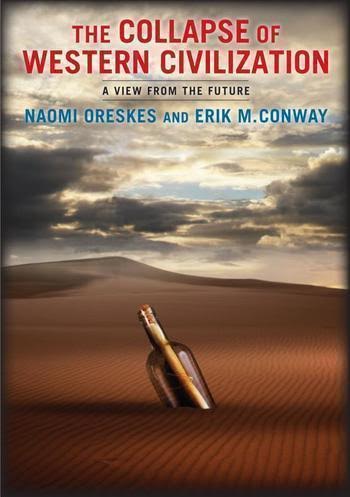 So what is to be done? Two recent books provide striking contrasts in their modality of intervention. The first follows in the aegis of The Limits to Growth. In The Collapse of Western Civilization, two acclaimed historians of science, Naomi Oreskes and Erik Conway, provide a “view from the future”. Although it is grounded in current climate science, the authors write from a sci-fi vantage point of the twenty-fourth century. A Chinese historian reflects on the Great Collapse vis-à-vis the milestones and triggers that brought down Western civilization.
So what is to be done? Two recent books provide striking contrasts in their modality of intervention. The first follows in the aegis of The Limits to Growth. In The Collapse of Western Civilization, two acclaimed historians of science, Naomi Oreskes and Erik Conway, provide a “view from the future”. Although it is grounded in current climate science, the authors write from a sci-fi vantage point of the twenty-fourth century. A Chinese historian reflects on the Great Collapse vis-à-vis the milestones and triggers that brought down Western civilization.
The authors cast a wide net in their analysis, from indicting limited aspects of the scientific model (e.g. the silos of scientific disciplines, the standard of 95% statistical significance for truth claims, etc.), to scientists’ inability to communicate, to the nefarious “carbon-combustion complex” – the vast network of think-tanks, politicians and corporations hell-bent on maintaining the profits and power they receive from fossil fuel extraction.
Although this book provides a dire warning, steeped in verifiable facts, it lacks a broader worldview. In some ways it is systemic in its analysis, but it is not holistic. It examines traditional aspects of structure of the economic system, but it doesn’t look at the psychological, emotional or metaphysical drivers that led to the collective insanity of capitalism in the first place. Nor does it offer insight into what the post-capitalist world would or should look like. There are cryptic allusions from our guide – the Chinese historian – but they are limited to an unclear inference that we maintain a similar system, just one that is somehow more in line with the planetary boundaries.
One could argue that the role of this book is to paint a stark picture of dystopia in order to strike fear in the heart of Western rationalists. And for that, we must applaud the authors. However, there is no mention of what the Great Collapse will do to us as a species. Will we simply temper our most fierce instincts to consume and dominate? Will we address the underlying drivers of these desires? Or will we mature beyond extreme materialism all together, and heal the wounds that have come from our perceived separation with nature?
The second book – Terra Nova: Global Revolution and the Healing of Love, by Dr. Dieter Duhm – might seem like an unlikely place to look for these answers.
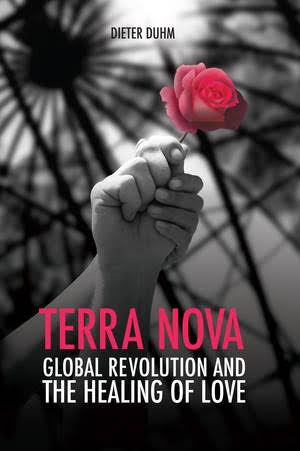 Dr. Duhm is one of the founders of Tamera, a research center and alternative community based in southern Portugal. The community was founded in 1978 in Germany and then moved to its current location in Portugal in 1995. For almost 40 years, Tamera has been a pioneer in a wide range of solutions for solar energy, permaculture, water use and retention, and many aspects of community and social relations, up to and including ‘open love’.
Dr. Duhm is one of the founders of Tamera, a research center and alternative community based in southern Portugal. The community was founded in 1978 in Germany and then moved to its current location in Portugal in 1995. For almost 40 years, Tamera has been a pioneer in a wide range of solutions for solar energy, permaculture, water use and retention, and many aspects of community and social relations, up to and including ‘open love’.
These last two words might strike fear at the heart of the scientific materialists among us. What does love have to do with our current convergence of global crises?
There are three critical lessons that Duhm imparts by way of answering this question.
1) There is no liberation of society without liberation of the self
Terra Nova lays out a vision for both the transition phase to the post-capitalist world, and a beautiful description of what it could look like. Terra Nova does this in a non-prescriptive sense. It’s more Buckminster Fuller than Noam Chomsky, in that it is based on values rather than policy prescriptions. More importantly it is deeply rooted in the social, spiritual and psychological underpinnings of our current crisis. Duhm’s background in psychoanalysis and sociology guides him as he dives deep into the assemblage point of our collective fears and repressions; the real foundation, he argues, of neoliberal capitalism.
It would be easy to dismiss Duhm’s philosophy as relevant to only limited experiments or for those with a penchant for the Kibbutz lifestyle. But Duhm’s structural analysis and application of ideas are not so easily dismissed. He was one of the leaders of the German Left in the Student Movement of 1968. He was on the coalface of the war against imperialism and capitalism. He organized protests against the Vietnam War and, during the German students’ revolution, he coined the phrase, “Revolution without emancipation is counterrevolution.”
Duhm started to realize that the destruction wrought within human relationships was stronger than external constraints. At that time he wrote, “Why was it so far impossible to establish an ideal human society? Because it is not only the outer conditions which are at fault, but particularly inner structures and patterns of thinking. It is impossible to form a free society from people who are structured by authoritarianism. It is not possible to create a non-violent society when the impulses of hate and violence within are suppressed but not dissolved. A revolution that has not taken place inside cannot succeed outside. This is what we learn from history” (emphasis added).
This is a very different place to start than thinking about failures of communication, rigid scientific methodologies, or even the corporate capture of democratic processes. Scientists like Oreskes and Conway do not traditionally think about how the first surpluses from the Neolithic Revolution affected the human psyche; how hoarding and protecting material goods created a culture of violence; how excess food supply set the stage for city-states that required constant war, hierarchy, oppression and exploitation to feed their construction and maintenance; how patriarchy has created a world where one in five women will be raped in their lifetime; how the callous and abstract market logic requires that we all engage in a form distributed fascism where we are all incentivized to be short-termist, covetous, extractive, selfish and often violent.
According to Duhm, if we dare to hope for achieving an anarchist utopia with strong local and bio-regional economies, direct democracy and symbiosis with the natural world, we need women and men to be sovereign, to understand how power works, to consent to rules they themselves have legitimized, and to consciously choose to live according to their shared principles and values. In other words, his argument is that in order to know what we want, we must first know who we are. What are our deepest desires? Why do we think we are here? Where do we think we are going, as individuals and as a civilization?
As Duhm argues, “It is the inner workings of humanity that steer the external processes in politics and economics. Changes within the human being will determine whether a social revolution will be successful or not.”[1]
2) The revolution will be spiritual, not just materialist
Having dealt with the necessary preconditions for a successful drive towards revolution, Duhm moves on to what the revolution may look like. He is clear that we have to speak to the human soul; to create a vision of the world that resonates at our deepest core, and not just a description of what the rules of law will be.
His plan centers around “Healing Biotopes”, which is what he describes as the archetypal communities that exemplify the values embodied within the Tamera model. Borrowing from Cambridge biochemist Rupert Sheldrake’s concept of morphic resonance – i.e. the idea that self-organising systems inherit the collective memory from previous similar systems – Duhm says, “the image of a Healing Biotope came from an intention to create a morphogenetic field for a new humane world. Evolution moves forward through creating morphogenetic fields.”[2] Essentially, this means that the contribution of every new idea or model creates a corresponding resonance or field that every human can then access.
The new morphogenetic field Duhm describes includes autonomous individuals, fully realized in their spiritual truths; a well functioning community based on open-love and non-ownership; and symbiosis with the natural world (Duhm even discusses the possibility of communing with plants, animals and the natural environment). In order for the resonance of this new field to spread, these alternative communities would ideally be connected with each other and embedded in a greater political and social context.
3) We need both resistance and renewal
Duhm finishes with an appeal that will surely resonate in the heart of anyone caught in the frustrations and aspirations of activism. There are immediate struggles, he says, that must be won and reforms that must be enacted. Both resistance and renewal are necessary preconditions for the post-capitalist world. In other words, although it is true that we must remove the noose of capitalism from the neck of humanity, we must also create the infrastructure for transition simultaneously while engaging in the struggle. Climate change is going to force us to into smaller, more autonomous communities.
We either have the option to start building the infrastructure now, with the necessary intention and ingenuity, or we will find ourselves in a deep and dangerous dystopia, forced to build a new world as the remnants of the old edifice crumble between our desperate hands.
The newly built “cultural crystals”, as Duhm describes this model for new communities, have the ability to scale and replicate at a rate that could actually address the deep destruction of late-stage capitalism. As more and more people realize that the current system cannot be reformed, there will, concurrently, be an increasing flux into existing communities, and the creation of new ones. The pre-existing models for Healing Biotopes may play a crucial role in the knowledge transfer and modeling the new modes-of-being. They also have the ability to capture the imagination of a new generation awaiting hope and transcendence on a planet headed towards a Great Collapse of some kind.
Whether one agrees with the vision of Terra Nova or not, it is clear that this is not just a story of utopia versus dystopia. The Western academic tradition and the Progressive movement (especially the climate change movement) have not been able to connect the deep truths about psychological motivations, community, love and our relationship with nature. As a result, they have been fighting a rationalistic, descriptive, Cartesian battle for the most falsifiable facts. They have not been able to articulate a holistic worldview, one that is both materialist and spiritual, which speaks to the hearts and ambitions of an increasingly apathetic majority.
How readers react to the contrasting approaches – the scientific projections of destruction in The Collapse of Western Civilization, or Duhm’s descriptions of “cultural crystals” that can spark the imagination of the multitude – will in part be determined by how one sees and understands the present reality.
Are we facing a dualist challenge of broken but fixable machinery, or a deeply spiritual crisis? Are we in a potential endgame, or is this the “chrysalis phase” of our civilization? Do we look back as the caterpillar that could have become a butterfly but self-destructed before its newest and truest stage of life began? Or do we tell the story of the caterpillar that activated all of its potentiality to become something it could not fully conceive of until it emerged, fully formed?
What seems certain to me is that we must each hold for ourselves the potential of the world we want to see. Another world is possible not because we can describe or even theorize her, but because the seeds of her potentiality already exist within our collective being. As Duhm says, “The concrete utopia is a latent reality within the universe, just as the butterfly is a reality latent within the caterpillar.”[3] The only question is, will we kill our host environment’s ability to give us life or will we act as the Imaginal cells, killing off the caterpillar logic of neoliberalism in time for metamorphosis.
[1] Duhm, Dieter. Terra Nova: Global Revolution and the Healing of Love. Verlag Meiga: 2015, page 8.
[2] Duhm, Dieter. Terra Nova: Global Revolution and the Healing of Love. Verlag Meiga: 2015, page 95.
[3] Duhm, Dieter. Terra Nova: Global Revolution and the Healing of Love. Verlag Meiga: 2015, page 27.


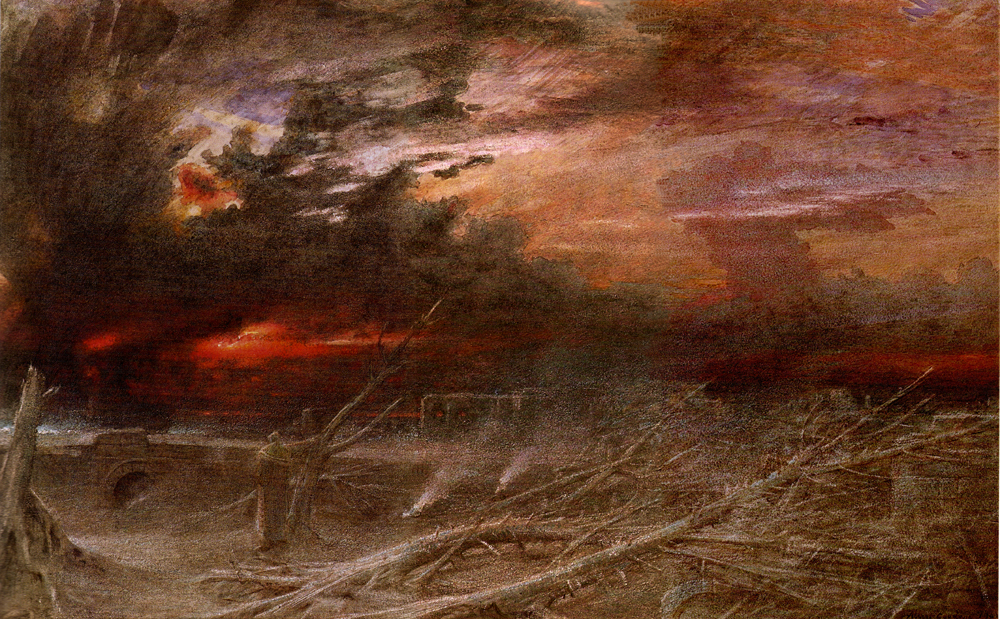
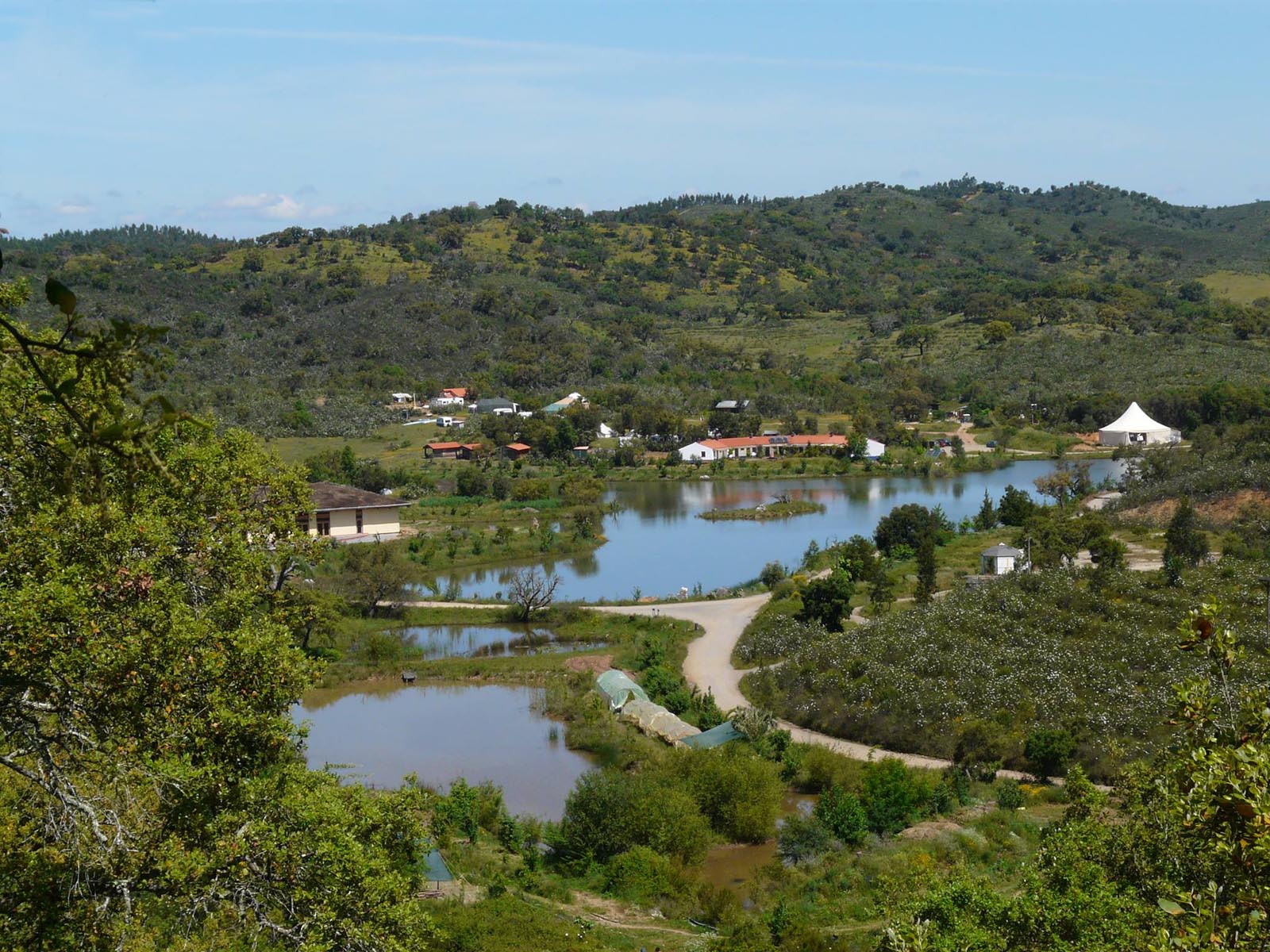


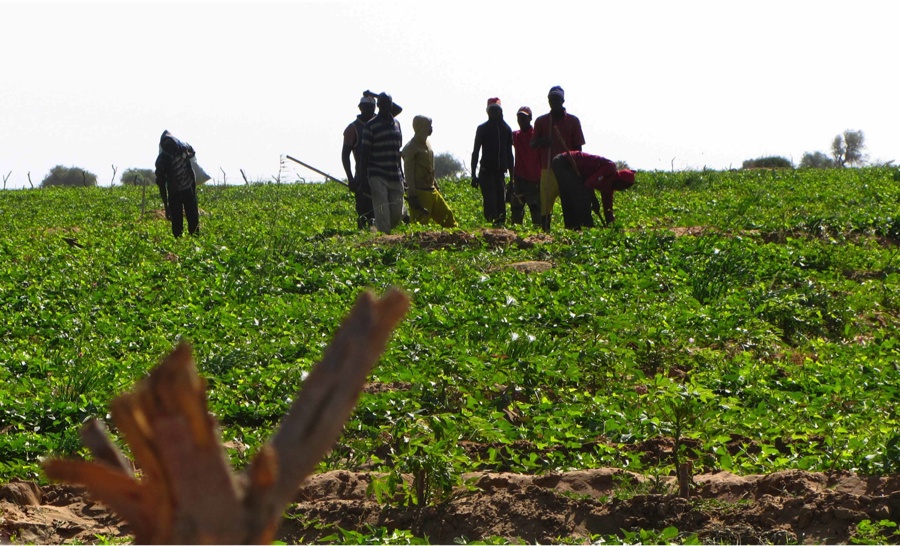
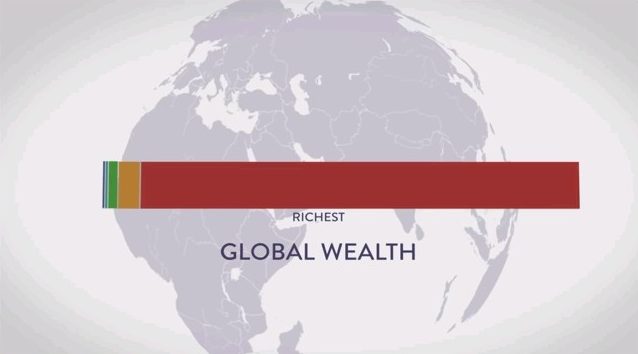
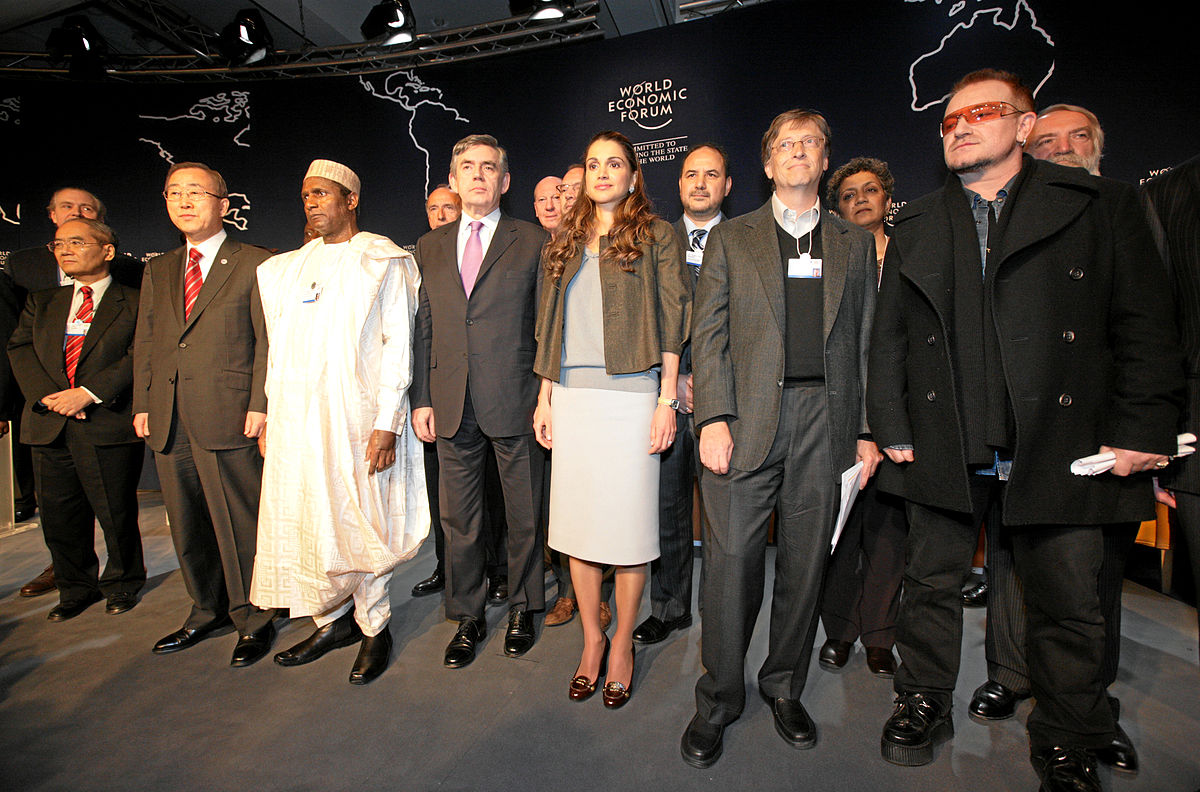

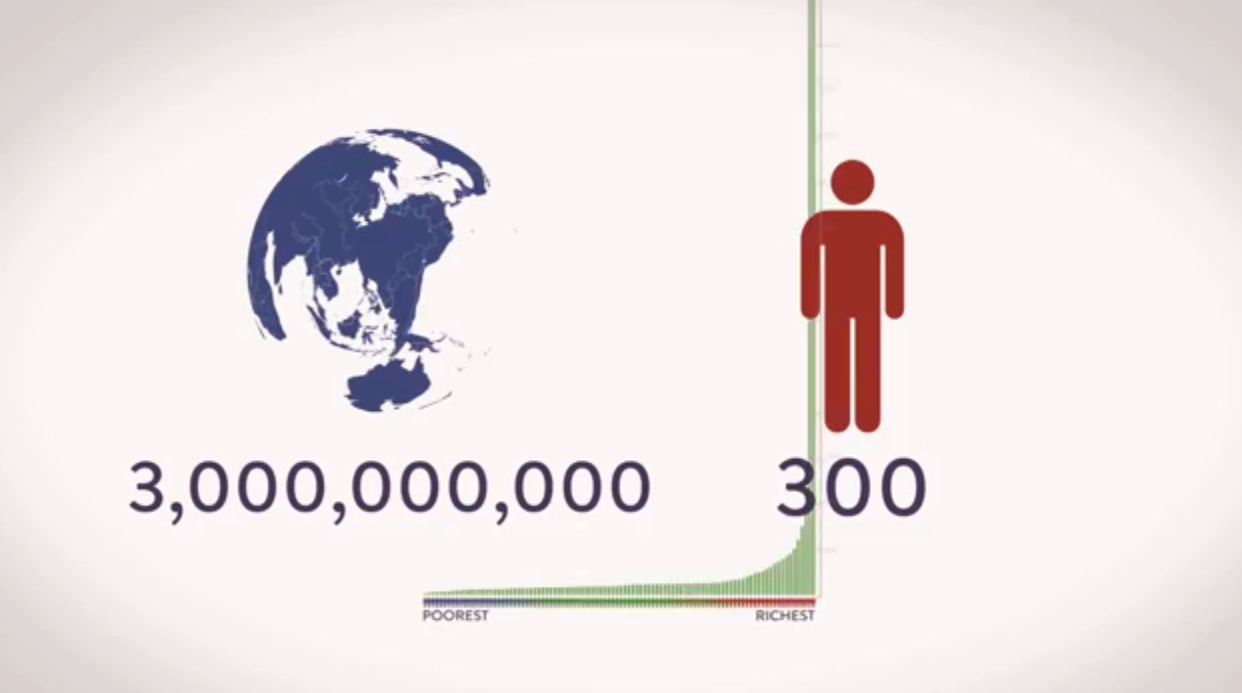
Leave a Comment